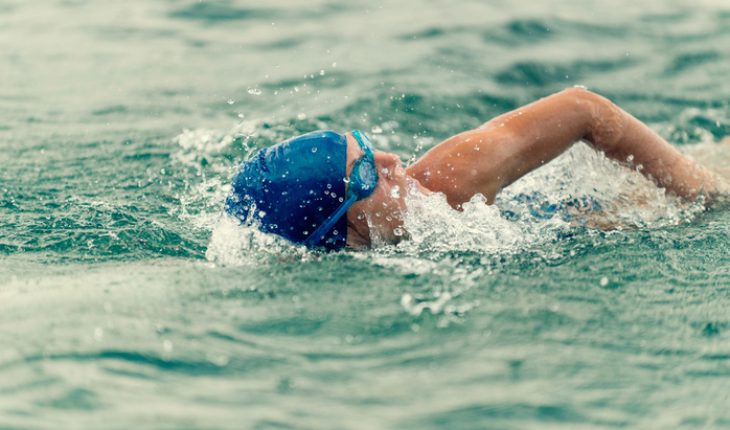If you were one of the thousands who started New Year with a dip in the chilly waters of the sea or in the Serpentine in London’s Hyde Park, you already know what a magical experience it is to swim in muted winter light, with sparkling frost on the ground. As an all-year-round outdoor swimmer I can attest that there is nothing like a bracing dip to revitalise your spirits, or deal with a hangover after Christmas over-indulgence – so long as you don’t suffer from cardiac disease. Those without a wetsuit were sensible if they waded in slowly and just had a quick dip.
Coldwater swimming is a sure-fire way to burn excess calories quickly and build muscle tone, but you don’t want cold water shock or hypothermia to set in.
Coldwater swimming is a sure-fire way to burn excess calories quickly and build muscle tone, but you don’t want cold water shock or hypothermia to set in.
Up and down the UK and around Scotland there were bracing New Year’s Day outdoor swims to join in.
In Edinburgh hardy Dookers paraded along the High Street yesterday before jumping into the icy Firth of Forth, accompanied by bagpipes to celebrate Hogmanay and raise money for charities across the UK. Crowds gathered to cheer the Dookers down on the beach. The Loony Dook traditionally takes place all over Scotland at Hogmanay with thousands of Loonies jumping into the sea, rivers, ponds and creeks.
Daniel Smart, the author of Wild Swimming says, ‘All wild dippers know the natural endorphin high that raises mood, elates the senses and creates an addictive urge to dive back in. However the world seemed before a swim, it looks fantastic afterwards.’
There is no reason to limit cold water swimming to a single day and I firmly intend to repeat the experience very soon. To stay safe, never swim alone and swim close to the shore as for some people cold water can bring on breathing difficulties in the first few minutes.
To stay safe, never swim alone and swim close to the shore as for some people cold water can bring on breathing difficulties in the first few minutes.
When you get out, it can take longer than you think to warm up, so have plenty of clothing ready, or head straight off on another walk or run.
NASA studies have shown that, over a 12-week period, repeated cold swimming leads to substantial bodily changes known as ‘cold adaptation’. These bring down blood pressure and cholesterol, reduce fat disposition, inhibit blood clotting and increase fertility and libido in both men and women. Far from quelling passion, a bracing mid-winter dip will boost vitality and desire.
An ice-cold swim can also provide a psychological kick start as a powerful natural-high endorphin shot is released – bringing on intense feelings of well -being. Regular outdoor swimmers experience acclimatisation which reduces their body’s sensation of coldness (making even the coldest water quite pleasant), it is clinically proven to boost mode, libido and the immune system – as revealed by NASA experiments from the 1980s.
If you decide to embrace the rejuvenating challenge of cold water swimming, keep plenty of warm clothes and a hot drink ready for when you get out. The nip of the water is very addictive. Get out of the water and warm up if you start shivering or your teeth begin chattering – as these are early signs of hypothermia. Fighting for breath, when people are shocked by icy water causes people to drown, rather than hypothermia.
- Dance yourself well - 23rd June 2024
- Tipped to win Gold at The Chelsea Flower Show 2024 - 21st May 2024
- Jason and the Adventure of 254 - 5th May 2024






